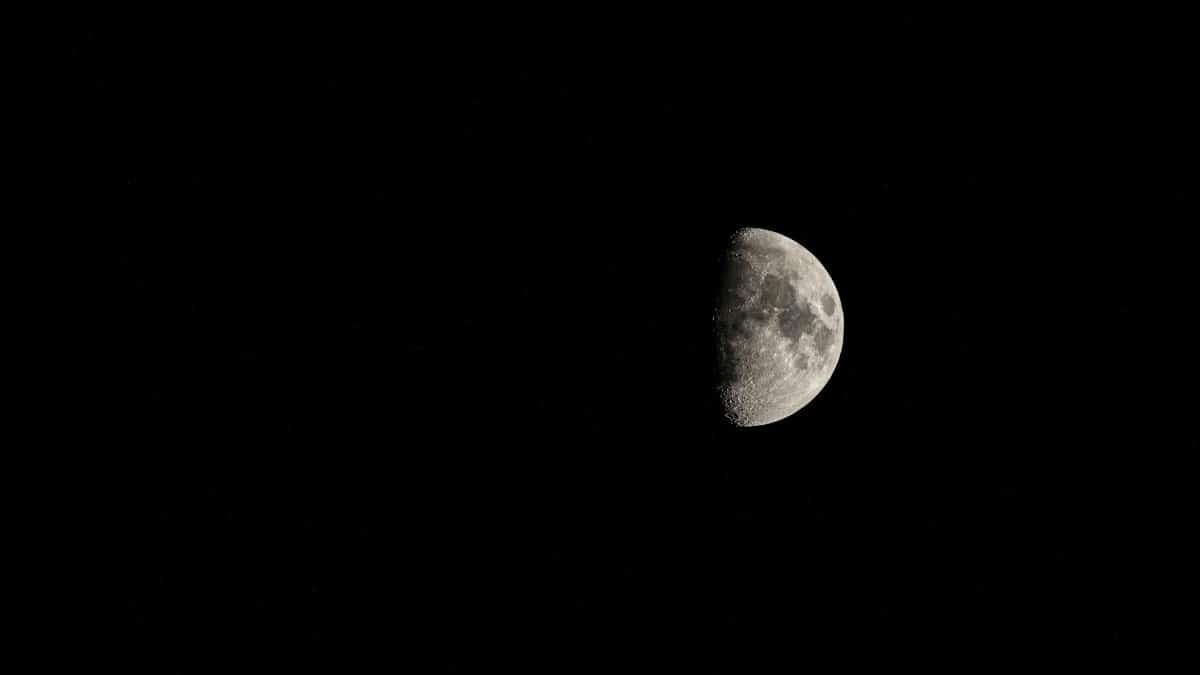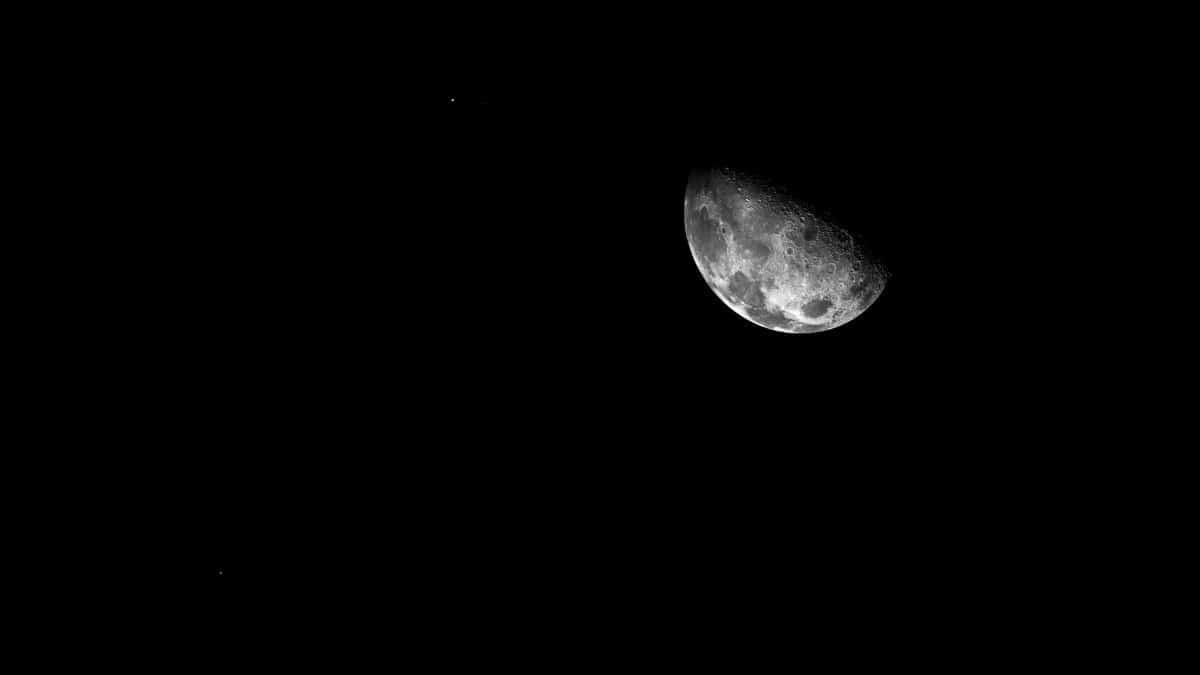Imagine a quiet evening, the kind where the world seems to hush itself, and a full moon hangs heavy in the sky, casting a silver glow over everything. For many, this celestial rhythm isn’t just a backdrop—it’s a guide. Lunar phase journaling, the practice of aligning personal reflection with the moon’s cycles, has quietly gained traction among those seeking emotional clarity. It’s not about mysticism for everyone; often, it’s simply a structured way to check in with oneself as the moon waxes and wanes. From setting intentions under a new moon to releasing burdens during a full moon, this method offers a framework that feels both ancient and timely. As stress and disconnection mount in 2025, could syncing with these natural cycles help ground us? This article offers 12 specific prompts, tied to each lunar phase, to help uncover deeper self-insight.
New Moon: Planting Seeds of Intention

The new moon, often invisible in the night sky, marks a beginning—a blank slate. It’s a moment to look forward, to ask what might grow in the coming weeks. For lunar phase journaling, this phase invites clarity about desires. One prompt to try: “What do I want to cultivate in my life right now, and what small step can I take toward it?” This question isn’t just about dreaming big; it’s about actionable focus. Consider the story of a woman in her 40s who, during a new moon last year, wrote about wanting more connection. Her first step? Texting an old friend. Months later, that single action had rebuilt a bond. Journaling here acts as a quiet commitment, a way to plant seeds that might otherwise be forgotten in daily noise.
Crescent Moon: Nurturing Early Growth

As the moon begins to show itself, a thin sliver of light, the crescent phase symbolizes early progress. It’s fragile, requiring care. A fitting prompt: “What feels promising in my life, and how can I support its growth?” This pushes you to notice small wins often overlooked. A man shared online recently that journaling during this phase helped him recognize his budding habit of morning walks—something he’d dismissed as minor until he wrote about protecting that time. The act of writing can solidify resolve, turning fleeting ideas into priorities. Resources like those from Psychology Today often highlight how reflection boosts motivation, especially in early stages of change.
First Quarter Moon: Facing Challenges Head-On

Half-lit, the first quarter moon signals a time of action—and often, obstacles. It’s a push to confront what’s hard. Try this prompt: “What resistance am I facing, and how can I push through?” This isn’t about ignoring struggle but naming it. Research from American Psychological Association suggests that articulating challenges in writing can reduce stress by making them feel manageable. Whether it’s a work conflict or personal doubt, putting words to the hurdle often reveals a next step. This phase’s energy is restless, urging persistence.
Waxing Gibbous: Refining the Vision

With the moon nearly full, the waxing gibbous phase is about fine-tuning. Things are taking shape, but not quite there. A good prompt: “What’s working in my current goals, and what needs adjustment?” This invites a hard look at progress. It’s less about doubt, more about precision. Studies from Harvard Business Review note that periodic reassessment keeps efforts aligned with outcomes. Journaling here can prevent drifting off course, sharpening focus as the full moon nears.
Full Moon: Celebrating and Releasing

The full moon, bold and unmissable, is a peak. It’s a time for both gratitude and letting go. A powerful prompt: “What am I proud of right now, and what am I ready to release?” This duality mirrors the moon’s own brightness—illuminating achievements while exposing burdens. One person described this phase’s journaling as “a weight lifting,” recounting how writing about a lingering grudge helped them finally move on. The emotional clarity here can be striking, as if the moon itself demands honesty.
Disseminating Moon: Sharing Insights

As the moon begins to wane, the disseminating phase turns outward. It’s about giving back what you’ve learned. Try: “What wisdom have I gained recently, and who might benefit from it?” This isn’t just self-reflection; it’s connection. Whether it’s a friend or a journal entry meant for future reading, sharing solidifies growth. A resource from Mayo Clinic underscores how sharing experiences strengthens bonds, amplifying personal healing through community.
Third Quarter Moon: Letting Go with Purpose

Half-lit again, the third quarter moon is a mirror to the first quarter but with a different tone: release over struggle. A prompt to consider: “What habits or beliefs no longer serve me, and why?” This phase asks for honesty about what holds you back. Writing can clarify why something needs to go, making the act of release intentional, not reactive. It’s a quieter strength, a shedding of excess as the moon dims.
Balsamic Moon: Rest and Reflection

The balsamic moon, a faint crescent before the new moon, whispers of rest. It’s a time to pause. Ask: “What do I need to recharge, and how can I honor that need?” This prompt counters the always-on culture of 2025, urging stillness. Journaling here might mean just a few lines, or even a sketch of feelings. It’s less about words, more about presence—a chance to breathe before the cycle restarts.
Aligning Prompts with Emotional Needs

Beyond specific phases, lunar phase journaling can adapt to personal tides. A universal prompt: “How does my energy feel today, and what lunar phase might match it?” This flexibility lets the practice bend to life’s unpredictability. If you’re restless during a new moon, journal as if it’s a first quarter. The moon’s cycle isn’t rigid—it’s a guide, not a rule. This adaptability keeps the practice alive, relevant to daily shifts.
Tracking Patterns Over Cycles

One strength of lunar phase journaling is seeing patterns emerge. A helpful prompt: “Looking back over the past month, what emotional trends do I notice?” Maybe anger spikes at the full moon, or creativity during the new. Writing over multiple cycles builds a map of inner rhythms. It’s not just reflection—it’s data, personal and revealing. This long-term view can shift how you approach moods or decisions.
Creating a Ritual Around Journaling

The act of writing can become a grounding ritual, especially when tied to the moon. Try this prompt to set the tone: “What small action can I pair with journaling to mark this lunar phase?” Light a candle during the full moon, or write outside under the new moon’s darkness. These touches make the practice tactile, memorable. They anchor the abstract to the real, turning pages into moments.
Embracing Imperfection in the Process

Finally, lunar phase journaling isn’t about perfection. A forgiving prompt: “What’s one thing I can celebrate about my efforts this cycle, no matter how small?” Miss a day? That’s fine. Write a single sentence? That counts. The moon doesn’t judge—it returns, cycle after cycle. This mindset, rooted in self-compassion, ensures the practice endures. It’s not a chore; it’s a companion, waxing and waning alongside life’s messiness.
